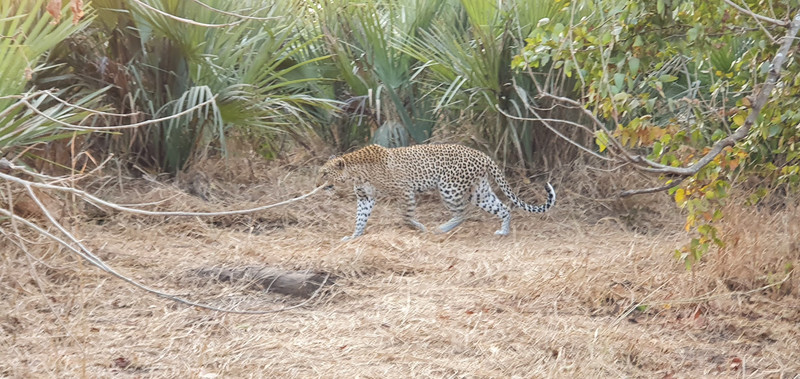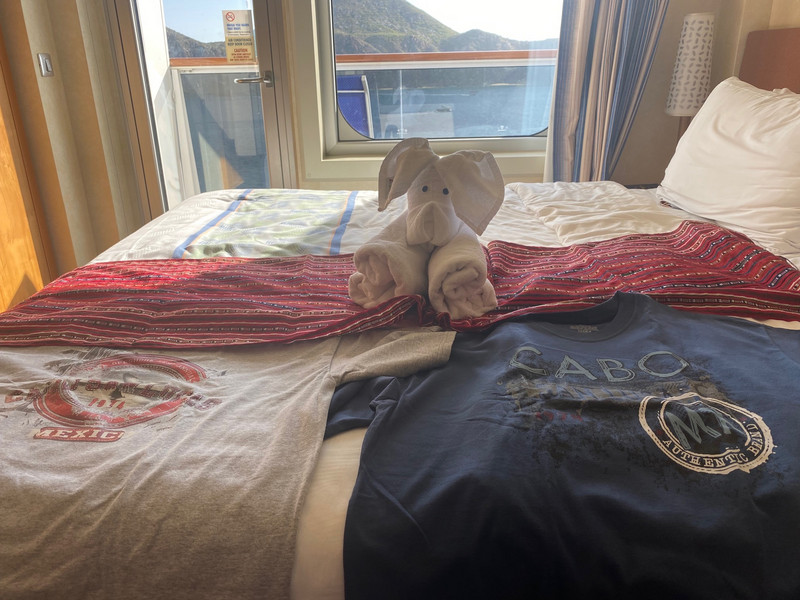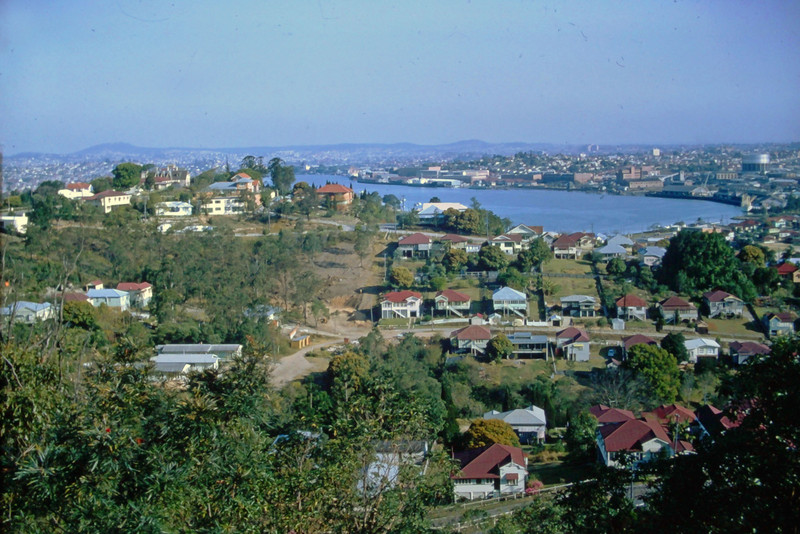Away, away, from man and towns, To the wild wood and the downs, - To the silent wilderness, Where the soul need not repress its music. – Percy Bysshe Shelley
Day 6 of this journey though Kruger puts the trip at roughly the half way mark, and instinctively, thoughts gravitate to wondering just how many days are left before this fascinating adventure ends. The primary purpose of visiting Kruger is to experience, the unparalleled bushveld scenery, the large species and numbers of animals in their wild habitat and, if birds fluff your tail feathers, there are splendid varieties of birds to be seen. Sue has diligently kept a record of all our sightings and at this point on the trip we have seen 30 of the mammal species and about 83 different birds. There are some very descriptive collective nouns for many of the wild animals we have seen; a flange of baboons, a coalition of cheetah, a memory of elephants, an obstinacy of buffalo, a bloat of hippopotamus, a leap of leopards, a scurry of squirrels, a dazzle of zebra.
another) and once again, the distance rule owing to the fact that we had previously stayed at Letaba and Mopani camps. Very easy to settle back with no time pressure and trundle north for 145kms to Shingwedzi. An interesting observation is the way in which the vegetation changes quite dramatically when crossing the Oilfants River. South, the landscape is mostly open grassland, thorny scrub and larger trees lining river beds. The Olifants River is akin to a line in the sand; from the northern banks as one travels away from the river, the landscape is dominated by mopane trees. Where conditions arent ideal for their growth, they are stunted into shrubland. It is a natural encroacher species with shallow root systems and they easily undergrowth for moisture which explains why so little growth is seen around these trees. An integral part of the ecosystem but these trees do prevent good game viewing due to their denser growth pattern. An interesting creature which makes use of the mopanes cavities is the mopane bee, a tiny 4mm bee sometimes called a mopane fly as it has an irritating habit of buzzing close to peoples eyes and nose in pursuit of moisture. They are stingless but do make honey which is reportedly very good.
A fair distance from Shingwedzi, the river of the same into view alongside the This provided the sighting of a very old dagga buffalo bull. Clearly, its age and perhaps grumpy behaviour, had led the herd council to skop him out and it was obvious that its eyesight was poor and movement was slow and laboured. A good moment for a coffee break, watching this old codger, and the remote possibility that we would witness a pride of lion finding it and executing a spectacular attack. Not to be! One sensed that this old buffalos days were numbered.
The prevalence of mopane trees never let up but there were intermittent grassy, open plains populated mainly by impala and zebra. and right on schedule, the Mooiplaas picnic site appeared and within twenty minutes, a scrumptious breakfast was on offer. Fascinating to people gaze at these picnic sites. Some folk obviously do the breakfast thing as a daily ritual when in the park. They arrive with all manner of cooking devices which deliver huge piles of grub onto plates. Planning a days travel simply has to include finding and stopping at picnic sites.
Shigwedzi was almost washed away and destroyed by huge floods in February 2013. When checking in at Reception, the flood water mark is shown on the entrance wall, and it is difficult to imagine that volume of water cascading down what is now a dry river bed. Staff and guests had to be evacuated by helicopter.
This camp is an interesting one with a large central area surrounded by cottages and chalets. Taller mopane trees provided an effective screen and a tranquil atmosphere.









